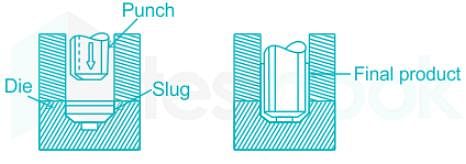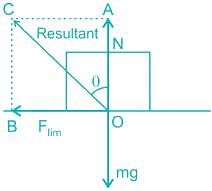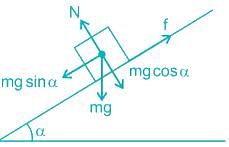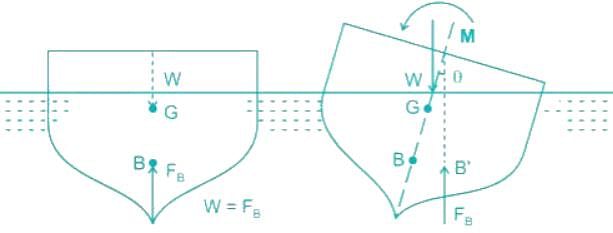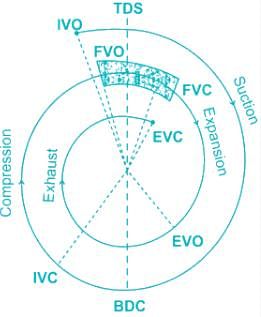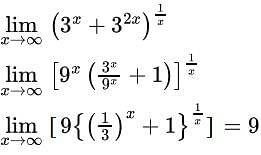UPSSSC JE Mechanical Paper 2 Mock Test - 3 - Mechanical Engineering MCQ
30 Questions MCQ Test - UPSSSC JE Mechanical Paper 2 Mock Test - 3
Creep plays an essential role in the design of
If in a diesel engine, by mistake petrol fuel is supplied
| 1 Crore+ students have signed up on EduRev. Have you? Download the App |
An ideal spark ignition engine has a compression ratio of 9. What is its Air standard efficiency ifratio of specific heats is 1.5 ?
Optimum rake angle of a tool is a function of
The critical value of Reynolds number for transition from laminar to turbulent boundary layer in external flows is taken as
The temperature at which the new grains are formed in the metal is called
The kinetic energy of a flywheel, having a moment of inertia I and angular speed ‘ω,’ is given by
In gears, interference takes place when _____.
Match List – I (Measuring device) with List-II (Parameter measured) and select the correct answer using the options given below the lists:
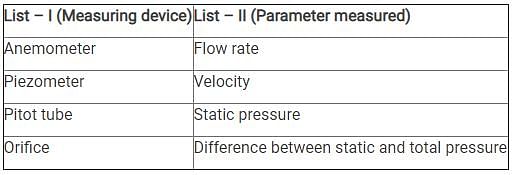
Which of the following relationships is correct?
When a body placed on the plane just begins to slide down:
The principal source of pollutant Hydrogen Sulphide in the air is
A refrigerator maintains a temperature of 270 K in a room at 300 K. If heat is removed from the interior at a rate of 900 J/sec and the refrigerator operates at 50% of its maximum thermal efficiency, the power requirement is
Another name for the coal used in the power plant is:
The conditions for the stable equilibrium of a floating body are:
In a four-stroke CI engine, the inlet valve
A 1 kg block is resting on a surface with coefficient of friction μ = 0.1. A force of 0.8 N isapplied to the block as shown in the figure. The friction force is
What is the heat required to raise the temperature of 1 kg mass of a substance by 1° C?
In case of power failure, a battery is used to light a bulb, run a fan, and heat an electric iron (each of 100 W rating) for 10 minutes. In this process, the work done and heat supplied by the battery is given by :
In an IC engine, the connecting rod connects which of the following pair of parts?
The locus of elevations that water will rise in a series of the pitot tubes is called ______.
In an engine, the fluctuation of speed is ± 2% of mean speed. Then coefficient of fluctuation of speed is
In the vander waal’s equation, the unit of constant a is
The size of the gear is usually specified by
What will be the effect on eccentricity ratio for a hydrodynamic journal bearing if there is an increase in the diameter of the journal (Assume other parameters as constant)?
Which boiler has a relatively large storage of steam and water?


